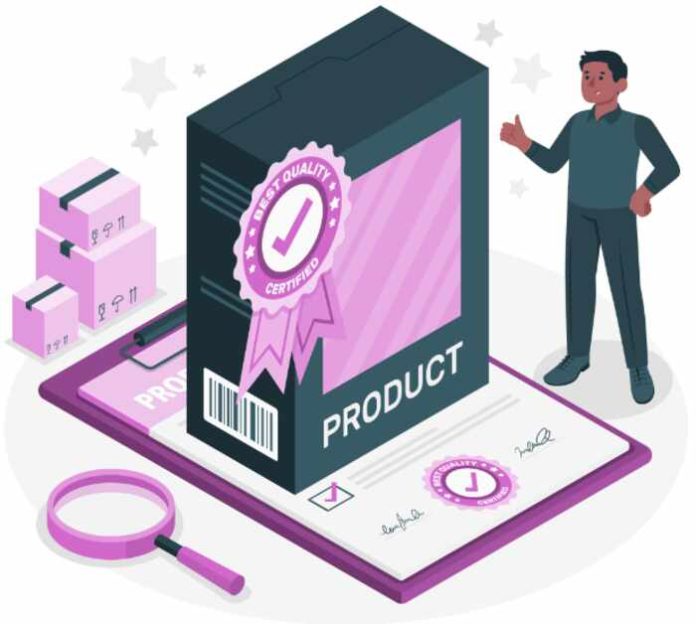Introduction
The Consumer Protection Act, 2019 (CPA) was enacted to protect consumers’ rights and encourage equitable business practices. A significant aspect of this legislation is the provision concerning product liability, which holds manufacturers, sellers, and service providers accountable for any harm or damage resulting from defective products or inadequate services. This principle is crucial in ensuring that businesses take responsibility for the safety and standard of the products and services they provide.
What is Product Liability?
Product liability under the CPA is the responsibility that a manufacturer, service provider, or seller assumes if a product or service is defective or harmful. The law allows consumers to file claims for compensation if they suffer harm due to such defects. This provision is crucial as it empowers consumers and places accountability on businesses.
Relevant Section:
Section 2(34) of the CPA defines “product liability” as the responsibility of the product manufacturer, seller, or service provider to compensate for any harm caused by defective products or services.
Key Elements of Product Liability
-
Product Manufacturer Liability
A manufacturer can be held liable if:
- The product contains a manufacturing defect.
- There is a design defect in the product.
- The product deviates from safety standards.
- Inadequate instructions or warnings regarding its use are provided.
Relevant Section:
- Section 84 outlines the grounds on which a product manufacturer can be held liable. It holds the manufacturer responsible for any harm caused by manufacturing defects, improper design, or failure to provide sufficient warnings or instructions.
-
Product Service Provider Liability
A service provider can be held liable for:
- Providing services that are deficient in quality.
- Not meeting the standards of service as agreed.
Relevant Section:
- Section 85 deals with the liability of service providers, holding them accountable for delivering deficient or faulty services that lead to consumer harm.
-
Product Seller Liability
A seller can be held liable if:
- The product sold is defective or fails to meet warranty standards.
- The seller fails to take proper steps to address defects or provide necessary information about the product.
Relevant Section:
- Section 86 specifies that a product seller (other than the manufacturer) is liable if they knowingly sell defective products, do not inform the buyer of known defects, or if the product does not conform to express warranties.
Conditions for Liability
For a claim of product liability to be successful, the consumer must establish the following conditions:
- The product in question was defective.
- The consumer suffered harm due to the defect.
- The defect was present in the product when it was supplied to the consumer.
Relevant Section:
Section 82 defines a “defect” as any fault, imperfection, or shortcoming in the quality, quantity, potency, purity, or standard required to be maintained by law or contract.
Grounds for Product Liability Claims
- Manufacturing Defects: When the product is flawed due to errors during the manufacturing process.
- Design Defects: When the product’s design is inherently unsafe, regardless of the manufacturing process.
- Failure to Provide Warnings: When the product lacks adequate instructions or warnings about potential risks, leading to harm.
Relevant Section:
- Section 83 covers the grounds for product liability claims and ensures that consumers can seek redressal for harm caused by defective products.
Compensation for Harm
Consumers can seek compensation for:
- Physical injury.
- Death caused by defective products.
- Mental or emotional harm.
- Financial loss due to product defects.
Relevant Section:
- Section 90 provides the right to claim compensation for personal injury, property damage, or any other loss incurred due to defective products or services.
Consumer Redressal Mechanism
Under the CPA, consumers can file complaints before:
- District Consumer Disputes Redressal Commission: If the claim value is up to ₹1 crore.
- State Consumer Disputes Redressal Commission: If the claim value exceeds ₹1 crore but is less than ₹10 crore.
- National Consumer Disputes Redressal Commission: For claims exceeding ₹10 crore.
Conclusion
The provisions for product liability under the Consumer Protection Act, 2019, serve as a strong deterrent for businesses that fail to maintain product safety and service standards. It ensures that consumers have the right to seek compensation for any harm caused by defective products, thus fostering a consumer-friendly environment and promoting accountability within the marketplace.
By incorporating robust product liability provisions, the CPA strengthens the position of consumers and emphasizes the need for businesses to prioritize product quality and safety
Also Read:
Rights of undertrial prisoners in India
How To Send A Legal Notice In India

